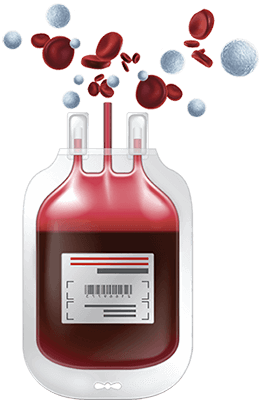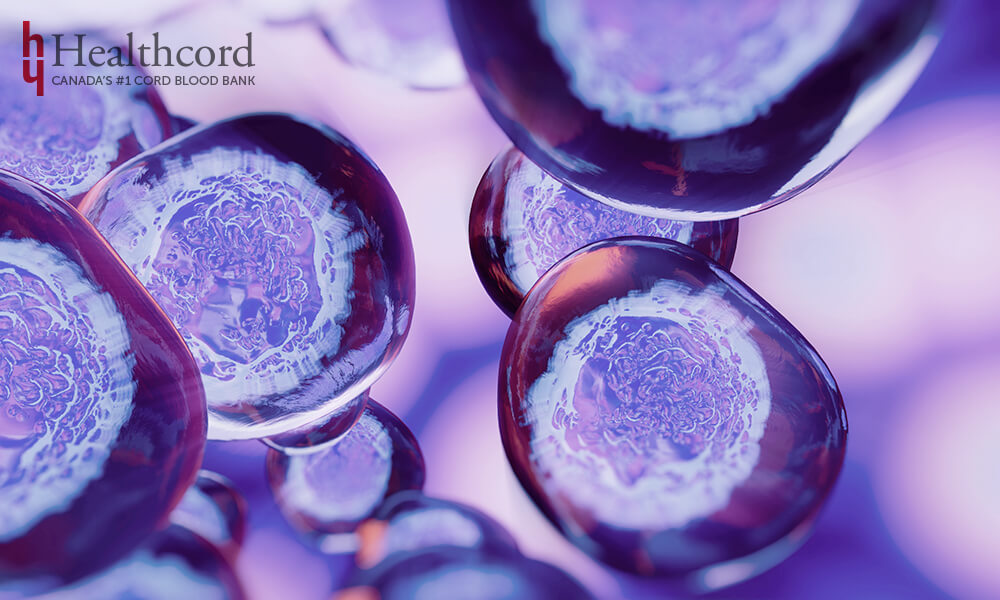Canada's Largest & Oldest Cord Blood Bank
Your body is still getting ready to conceive in your second week of pregnancy. There is still no baby or an embryo.
This Week’s Highlights
You will ovulate
The egg will be fertilized in the 12 to 24 hours after ovulation
The fertilized egg will start moving down to your uterus
Making the Preparations
Doctors start timing your pregnancy from the first day of your last period. This means during the second week of pregnancy your body is just getting ready ovulate. Once ovulation takes place there is a 12 to 24 hour window where fertilization needs to take place.
About 10 to 20 hours after fertilization (when the sperm enters the egg cell), the DNA from these two cells will merge together to form the zygote (your future baby). Your baby sex is determined by the lucky sperm and the sex chromosome it carries. If the sperm contained a Y chromosome, you will be welcoming a baby boy in 38 weeks. If it carried an X chromosome, you will be blessed with a baby girl.
If you are already pregnant, you are most likely in your fourth or fifth week of pregnancy. So you can go right ahead and skip to week 4.
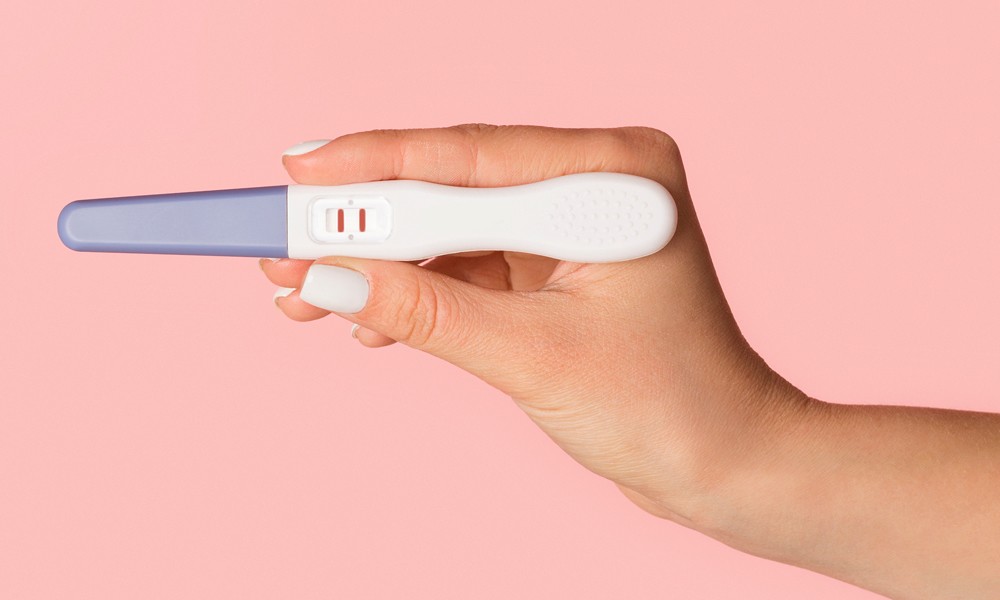
Baby Development at Week 2
This week your body is gearing up for ovulation, which is when a mature egg is release by one of your ovaries. When fertilized, this egg will develop into your bundle of joy.
The Nitty-gritty of Ovulation
A woman’s menstrual cycle can range anywhere between 23 to 35 days and is controlled by hormones. Initial steps necessary for ovulations are stimulated by follicle stimulating hormone (FSH). This hormone promotes the maturation of one egg that is stored inside follicles (fluid filled sacs within the ovary).
During each menstrual cycle, several follicles being the process of maturation. But only one (rarely two) will ovulate an egg. Hormones also help determine which follicle will become ‘dominant’ and release its egg. Two hormones lutenizing hormone (LH) and FSH are involved in dictating the dominant egg.
As they mature, follicles start producing estrogen, which is responsible for building up the lining of the uterus to receive the fertilized egg. This build up of estrogen also triggers a large spike in the production of LH, which promotes ovulation – when the egg inside the most mature follicle bursts out. This egg, when fertilized by sperm, goes on to make your baby.

Pregancy Tip
This is a great time to kick your smoking habit and give up alcohol. Both smoking and alcohol are linked to pregnancy-related complications. Talk to your healthcare provider for information about safely giving up tobacco.
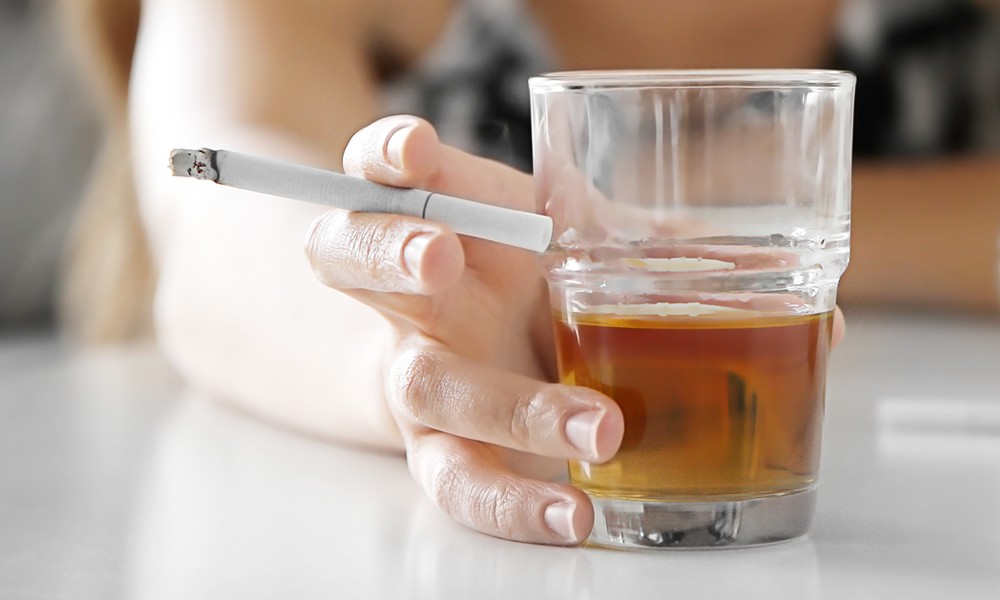
How Your Body is Changing
This week your body is gearing up for ovulation, and your uterus is preparing to receive the newly fertilized egg (hopefully!).
The exact date of ovulation is hard to determine. But, there are a few tricks you can use to predict your most fertile days. For instance, you produce more cervical mucus during ovulation and your basal temperature goes down. If you are trying to conceive watch out for these signs. You can also use an over-the-counter ovulation prediction kit to find out when you are most fertile.
Once released, the egg has to be fertilized in the next 12 to 24 hours. If you have a normal 28 day cycle, you may want to have frequent sex (every 2 days) from day 10 to 18 of your cycle to increase your chances of getting pregnant. This method works because sperm can live inside your body up to 5 days. So having sex both before and during ovulation can increase your chances of getting pregnant.
How Far Along are You?
2 weeks in, 38 weeks to go! You are at the beginning of your pregnancy this week. Even though pregnancy is measured in weeks this means you are in your first month of pregnancy.
Diet and Exercise at Week 2
Now that you have decided to grow your family, it is time to start making preparations for the baby. Many moms-to-be wonder whether they need to change their eating habits when expecting. The key is to have healthy, well-balanced meals that include all four major food groups.
There are also your important nutrients that should be part of your diet: folic acid, calcium, iron and vitamin D.
- Folic acid – Prenatal vitamins contain 400 micrograms of folic acid, which is essential for preventing neural tube defects in babies.
- Calcium – As your little one starts to grow bones and teeth, he or she will need lots of calcium. Calcium is also necessary for the growth of healthy muscles, nerves and for blood clotting.
- Vitamin D – Vitamin D helps regulate the levels of calcium and phosphate. Vitamin D deficiency during pregnancy can lead to your baby having weak bones and teeth. Oily fish, fortified cereals and eggs are good sources of vitamin D.
- Iron – Pregnancy results in an increase in your blood volume. You need to increase your iron intake to compensate for the extra red blood cells you and your baby will be making.
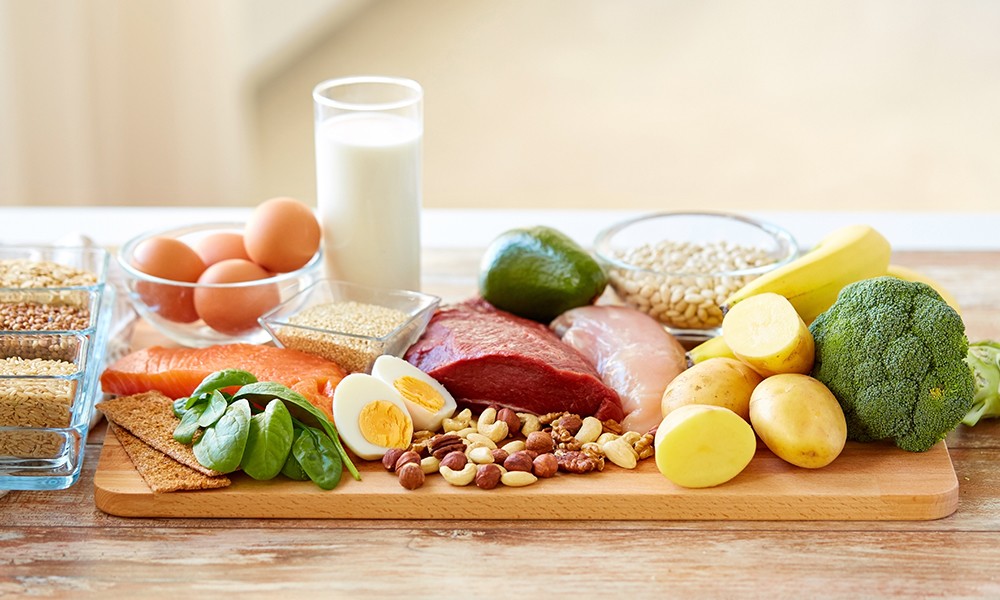
Staying Active
It is important to stay fit during your pregnancy because it can help you prepare for birth. Even though that seems a long ways away right now, this is a great time to incorporate a regular exercise regime in to your daily routine.
If you are new to exercise, try starting with low-impact aerobic exercises, like walking, cycling or swimming. They will build up your endurance and keep your joints healthy. Pilates and yoga can help build core strength.
If you are already active, and have been weight training, it is ok to continue with strength training. Weight lifting may not be an activity you want to embark on for the first time while you are pregnant. You will also want to taper off your weight training as your get close to your third trimester.
How are Embryonic Stem Cell Lines Generated?
First, we need to understand what happens between fertilization and implantation.
Implantation is when the fertilized egg attaches to the wall of the uterus. Fertilization takes place in the oviduct, the tube that connects the ovary to the uterus. All of the early cell divisions occur as the embryo travels down from the oviduct into the uterus. Implantation happens once the embryo reaches the blastocyst stage. This is why doctors can now use in vitro fertilization (IVF) to help with fertility.
To learn more, visit our webinar series: https://www.healthcord.com/stem-cell-capabilities/
Pregnancy Symptoms at Week 2
Your symptoms this week will be related to ovulation.
Increased vaginal discharge – If you have been tracking your menstrual cycle, you probably noticed that your cervical mucous changes depending on the time of your cycle. Right before ovulation, your cervical mucous increases in volume. When this happens, it is a good time to try to conceive.
Basal temperature drop – Ovulation takes place half way through your menstrual cycle. You are most fertile right after ovulation. There is a drop in your basal temperature during ovulation, which can be tracked using a thermometer, so you know exactly when you are most fertile.
Cord Blood vs Cord Tissue Stem Cells


